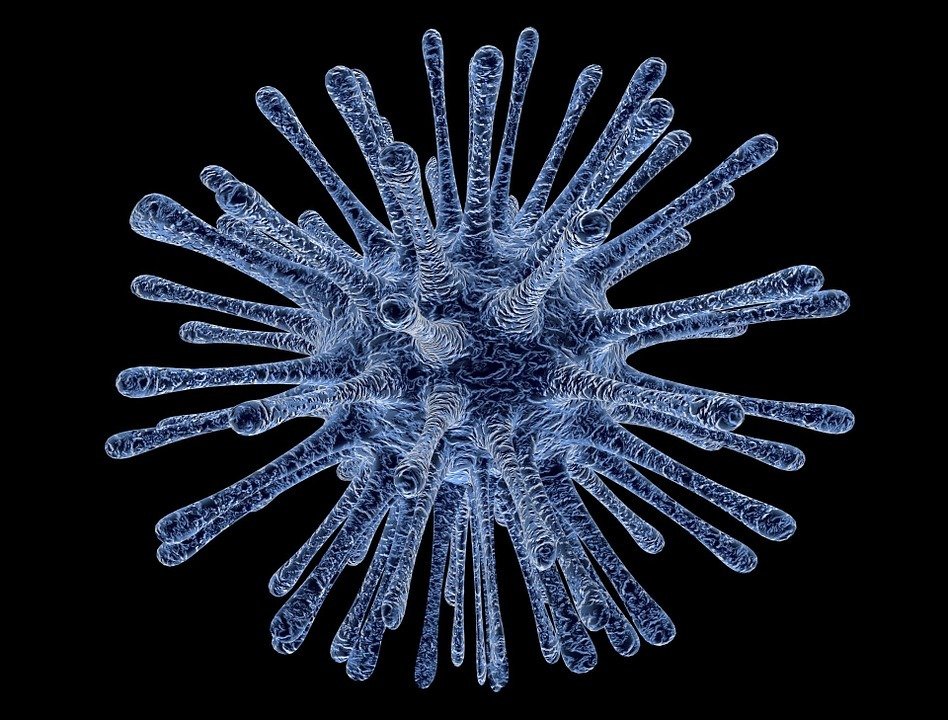
Telomere & Telomerase Analysis Technology (TAT) is a method that is used to analyze the telomere in that in the peripheral blood mononuclear cells. Through the analytical validation of this analysis method, it has been proven to be very accurate. In large cells, the technique has been used to characterize a comprehensive telomere profile. High-end software is used in the analysis to produce information that can be used for clinical studies. Get more details on telomere here.
Telomere are protein and DNA that are found on the end of many chromosomes. During the mitosis, the telomere is the one that prevents fusion. Telomere plays a vital role in the replication of the chromosome. On the other hand, telomerase are types of enzymes that are used to synthesize telomere in the chromosome. The telomerase activities are common in cells of germs, stem cells, and somatic cells.
In humans, there is also a reduction in the length of the telomere. Scientists are interested in the shortening because they tend to affect the aging of a person. In humans, shortening of the telomere length is mostly caused by the leukocytes. Many conditions that are related to mortality have been linked to telomere.
To understand more information about telomere, scientists have been trying to measure the telomere length. The oldest method was the Terminal Restrictive Fragment (TRF). TRF is insensitive and require a large amount of sample. Later, Telomere & Telomerase Analysis Technology (TAT) has been developed as an efficient method that produces very quick and accurate results.
TAT analytical method has been used multiple determinations. It is first used in the determination of the percentage of the short telomeres and also the portion of the cells that has the short telomere. Different percentiles, median, and mean of the length of the telomere is also determinable. At the end, a full histogram distribution of the telomere will be generated.
TAT has many benefits as a method of analysis. First, you can simultaneously process hundreds of samples. This will save time and make the procedure uncomplicated. Also, the analysis can be done on any kind of cell. In one sample, thousands of telomeres are measured. Finally, the method is clinically validated. Check out more on telomeres at https://umbrella-scientific.us/scientific-research-education/.
A Q-TRAP assay used to measure the activity of the telomerase enzyme. Q-TRAP has been known to process many different types of samples that are run in triplicates. The process has been optimized to facilitate the processing of the sample by the humans. The benefit of this method is that it is used in purified isolated DNA for any biological being. Find out more info here: https://www.huffpost.com/entry/the-science-of-meditations-effects-on-aging_b_8688678.


